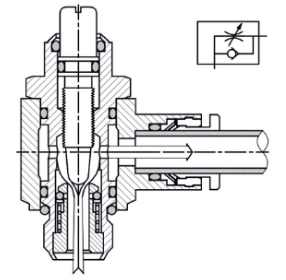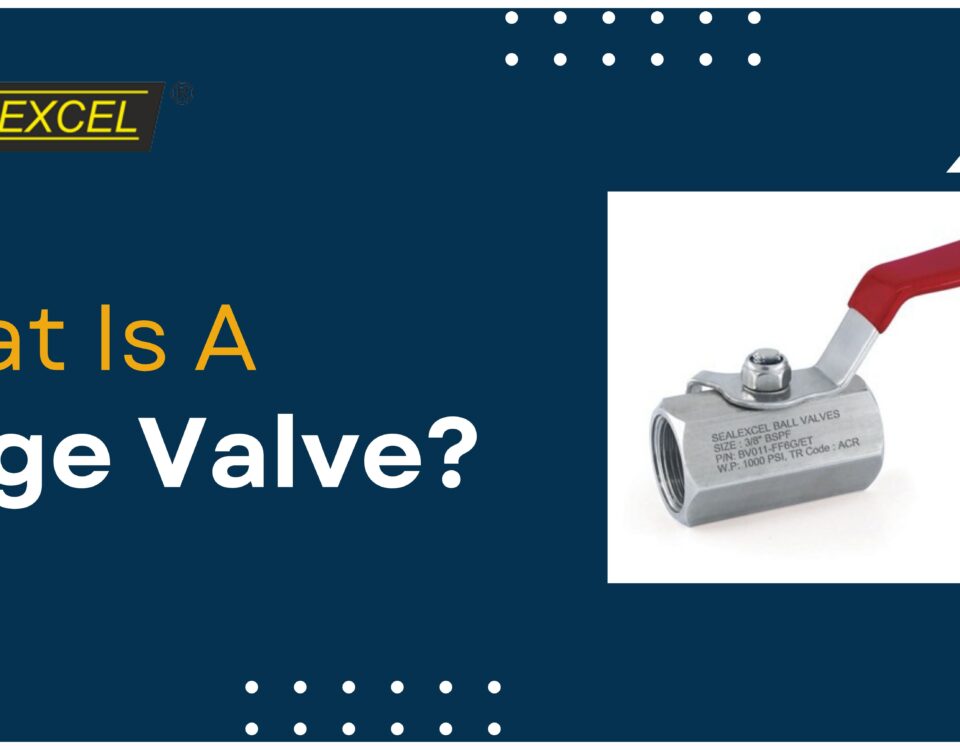Check Valves: 10 Things You Should Know About Them
October 4, 2016Red Flag: Matters of the Valves
October 28, 2016Just like any mechanical equipment used on a regular basis, pressure reducing valves require level of 
When budgets and timelines are stretched, assessing valves situated in the underground vaults take a back seat.
However, like most things, they will eventually stop functioning.
Here are some tips on how regular maintenance can help you get rid of pressure reducing valve failures that often turn inconvenient and cumbersome. Have a look:
Search for Broken or Leaking Pilot Systems
The pilot systems in valves depend on pressure water supply. Any leakage or crack in the pilot system can have an impact on how valves function.
Given the nature of these pilot systems, they are prone to damage even from slight accidents, such as dropping a tool on the notion. Eventually, the small bore tube and fittings can rupture. Moreover, excessively tightening the flare fittings can also lead to tiny cracks that cause bigger damage in the long run.
So, whenever you check the pressure reducing valves, closely examine the overall pilot system. See if the fittings are tight and there’s no water seeping in through the joint area. Inspect properly and resolve if there are any existing or potential problems.
Air in the Pilot System
Contrary to water, air can be compressed. And if it’s allowed to stay in the pilot system, it can yield flawed readings. The pilot system will struggle with maintaining an accurate reading and stabilizing the valve. Therefore, it is a good deal to eliminate the air that accumulates in the pilot system. Usually, air gathers at high points – basically at the pilot and tubing area.
If your valve is installed along with a wet-type position indicator, you will notice the air getting collected in the view glass and the water-level will be halfway through the glass tube. Keep in mind, while venting the indicator, you are in fact venting the actual valve bonnet. Eventually, the main valve will start opening.
Soiled Strainer
Blocked strainers are a frequent reason why most valves fail. A filthy strained screen fundamentally obstructs the water supply to the actual valve bonnet. This means that the main valve will either have closure problems or may not close altogether. Majority of the strainers are fitted with a plug, which lets the screen to fall off without even removing it.
One way is to get rid of the plug and mount a nipple and ball valve. This allows for a very basic blow down when you’re near the valve. In most instances, a few seconds can be dedicated to clean the screen.
We have been leading manufacturers and suppliers of needle valves, quick exhaust valves, pneumatic check valves, angle valves and a host of other mechanical products to countless industries including utility, chemicals & petrochemicals, oil & gas, power generation etc in India and worldwide.
Call us now at 0091-22-26788534 to place your orders.


